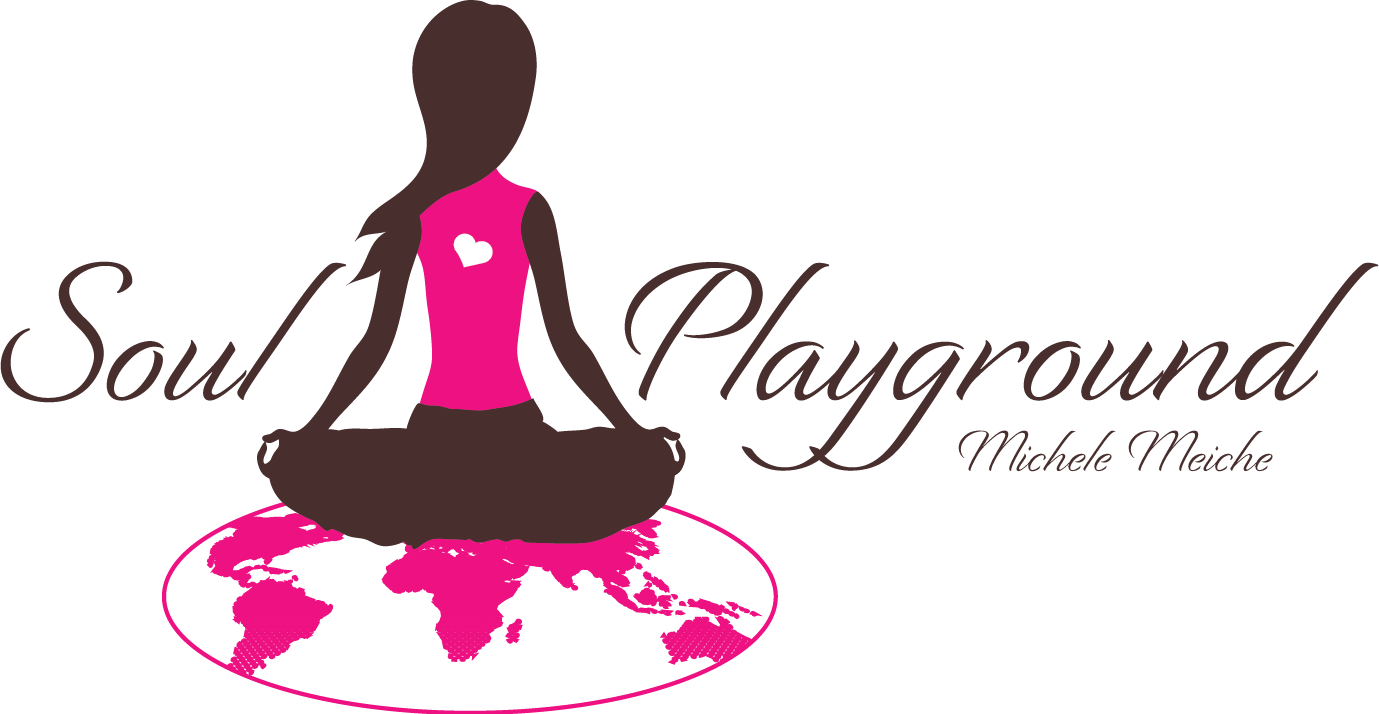Step 1: First recognize and acknowledge that we all project. Projection is an important part of the process of relating. It begins to extend us outside of ourselves.
Step 2: When in a communication dialogue and there you are experiencing an emotional charge state internally "I take back this projection."
Step 3: Try to discern what is actually being said, what you are feeling, and what you are interpreting. Ask yourself: " How am I feeling?" The feeling is the primary trigger.
Step 4: If your feelings and interpretations are getting in the way of really listening and hearing, take a break and sort through your inner reality. You can do this internally, or express what you are interpreting. You can also ask the person you are communicating with if it is possible to stop at this point to gather your composure. Try to reach an emotional flat point (neutral state). A point that is good for both parties. If this is not possible as emotions have escalated enact the 3 min rule with the strict agreement to get back to the communication in 3 min, 3 hours, 3 days; whichever is mutually agreed upon. If the escalation is such that this type of mutual agreement is not possible, one person must pull back and take a break. This will allow neutrality and clarity to come back into the dialogue.
Step 5: If you have taken a break, write or speak into a tape recorder what your past experiences were and how they are affecting you in the present situation. Get yourself in a safe place. Begin to relax the body and mind as much as you can. Calm the body-mind down by doing some 3 count breathing, slowing the breath down, steadying your breath and focus within. Close your eyes if this helps. Locate the feeling. Notice if any part of your body is tense or experiencing discomfort. Ask yourself, " What am I feeling?"
Step 6: Trace back the feeling you are now feeling in the present to the earliest time you felt this same feeling in the past. Clearly look at the past situation. Notice how you felt in the past. Notice how you feel in the present. Give yourself self-empowering responses that you can now use in a similar situation. Think about how you would have liked to respond in the past. If you could change the past how would the situation have been? Note the trigger.
Step 7: What is the feeling being trigger? What old situation is being triggered? Check in with yourself to see how the past situation is similar and different to the present situation. Mentally note some more empowering responses/choices for you to enact in the present. Feel how you feel enacting these more empowering responses/choices. Write in your journal the feeling/emotional trigger and the situation being triggered. Write down your more empowering responses and choices. This allows you to more easily integrate your new healthier way of responding.
Step 8: Share, when you feel safe, your findings with the person you were communicating with. Perhaps acknowledge this may be an awkward or tough subject for a while, and that you are in a state of learning and understanding.
If you are doing this work for situations that the sufficient level of trust and safety are not present, or for situations that it is not appropriate to relate in this manner share your findings with yourself first, and foremost, and then a therapist . If you have a friend who you feel is supportive and you trust it can be beneficial to share your process with this person.
If you are doing this work with someone you trust you can set up further guidelines and helpful cues for when either one of you is in a state condition response pattern and being triggered by a projection. Or, simply state: "I am being triggered, talk it through, or take a break, regroup, and then come back.
